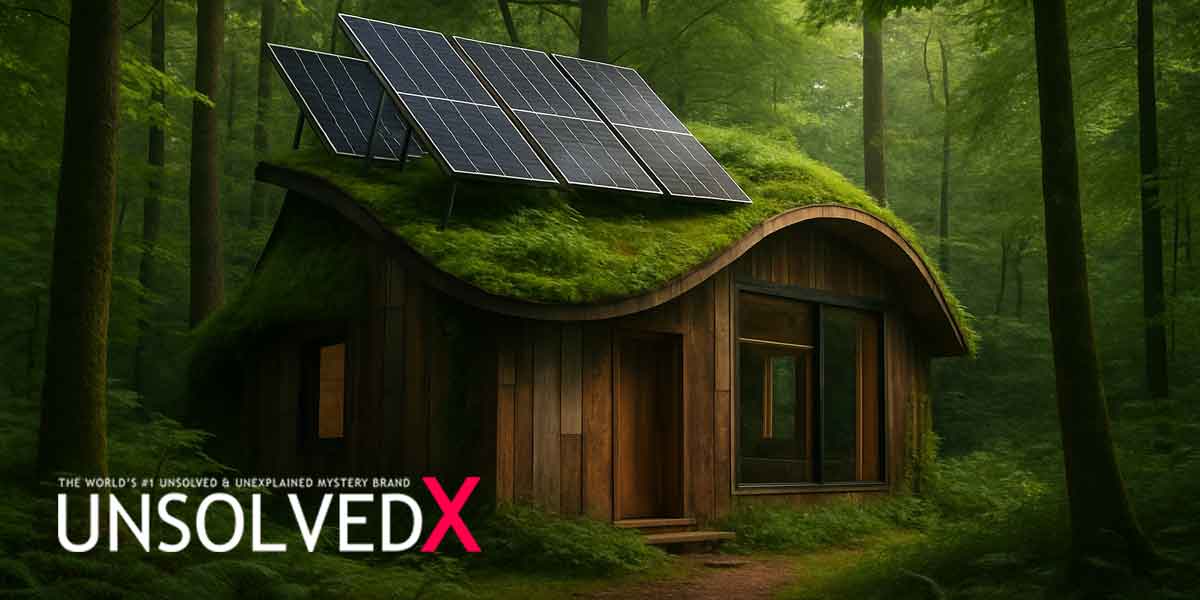Harnessing Solar and Wind for Power Independence
Solar panels have become the cornerstone of off-grid energy, converting sunlight into electricity with remarkable efficiency. Modern photovoltaic systems, like those using monocrystalline panels, can achieve up to 22% efficiency, generating enough power for lighting, appliances, and even heating in remote setups. Pairing solar with lithium-ion battery banks, such as Tesla Powerwall or DIY setups with LG Chem cells, ensures energy storage for nighttime or cloudy days. For those in windier regions, small-scale wind turbines, like the Bergey Excel 10, can complement solar, producing 10 kW in optimal conditions. The SAS Survival Guide: The Ultimate Guide to Surviving Anywhere emphasizes the importance of understanding local weather patterns to maximize renewable energy output, recommending site assessments for optimal panel or turbine placement.
Beyond setup, maintenance is key to long-term success. Dust, snow, or debris can reduce solar efficiency by up to 20%, so regular cleaning and tilt adjustments are critical. Wind turbines require periodic blade inspections to prevent imbalance. Combining these technologies with energy-efficient appliances—think LED lighting and low-wattage refrigerators—creates a robust, self-sustaining power system. The Essential Prepper’s Survival Guide highlights the value of redundancy, suggesting hybrid systems to mitigate risks from seasonal weather shifts, ensuring you’re never left in the dark.
Mastering Water and Waste with Natural Systems
Water independence is non-negotiable for off-grid living, and science offers elegant solutions. Rainwater harvesting systems, using food-grade polyethylene tanks, can store thousands of gallons, with filtration systems like Berkey or UV purifiers ensuring potability. In areas with natural springs or streams, micro-hydropower generators can double as energy sources, producing up to 100 watts per gallon of flow per minute. The SAS Survival Guide details how to locate and assess water sources, stressing the need for backup purification methods like boiling or chemical tablets in case of system failure.
Waste management often intimidates newcomers, but composting toilets and greywater systems make it manageable. Models like the Nature’s Head toilet use peat moss or coconut coir to break down waste into compost, eliminating the need for septic tanks. Greywater from sinks or showers can irrigate non-edible plants, recycling water naturally. The Essential Prepper’s Survival Guide underscores the importance of understanding local soil and plant life to design effective greywater systems, preventing contamination while enriching the land. These systems not only reduce reliance on external infrastructure but also align with nature’s cycles, creating a closed-loop homestead.
Integrating Tech for Comfort and Resilience
Smart technology elevates off-grid living from survival to comfort. Home automation systems, like Home Assistant, integrate with solar inverters and battery monitors to optimize energy use, shutting off non-essential devices during low-power periods. Propane or wood-fired water heaters, paired with radiant floor systems, provide efficient heating, while evaporative coolers work wonders in arid climates. For communication, Starlink satellite internet delivers high-speed connectivity, crucial for remote work or emergency updates. The SAS Survival Guide advises maintaining analog backups, like ham radios, for when digital systems fail.
Resilience comes from preparation, and science aids in food security. Hydroponic or aquaponic systems, using nutrient-rich water and LED grow lights, yield fresh produce year-round, even in small spaces. The Essential Prepper’s Survival Guide recommends mastering canning and dehydration to preserve harvests, referencing techniques that pair well with off-grid setups. By blending cutting-edge tech with time-tested survival wisdom, off-grid living becomes a harmonious balance of innovation and nature, letting you thrive in the wild without sacrificing modern comforts.










Comments
Comments section coming soon!